Products & Services Industry Guides
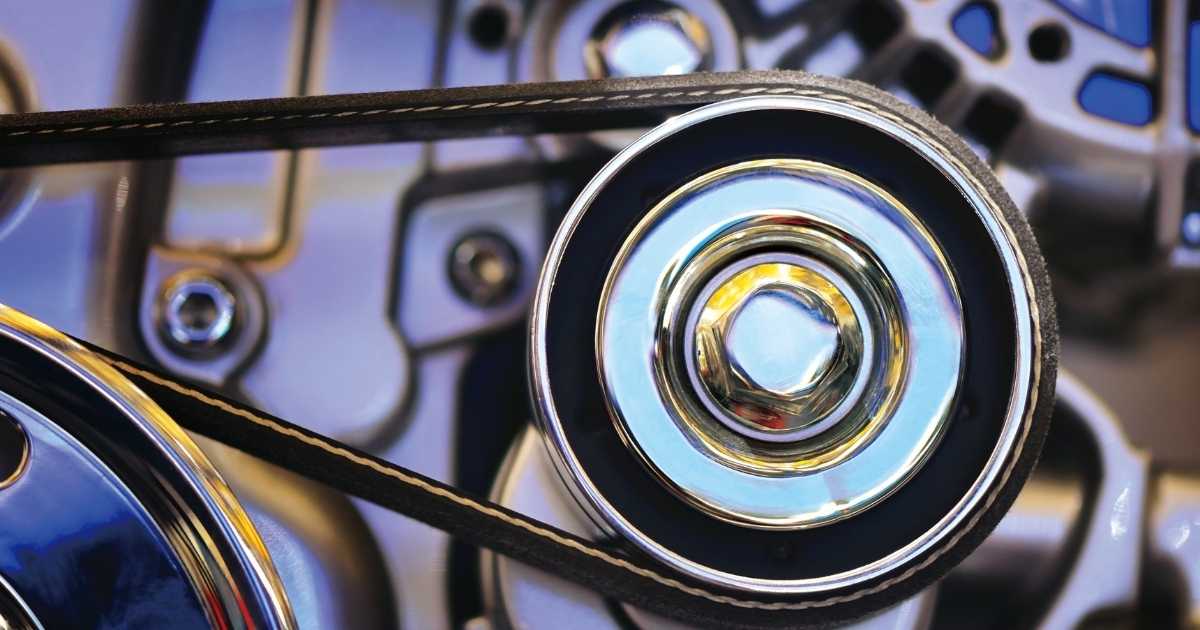
Efficient power transmission is paramount to maximise productivity and V-belts stand out as an essential element.
According to core. acc.uk, the efficiency of the belt drive is assumed to always be between 90 to 98%, making it a very reliable component for your operation.
This efficiency is mainly influenced by its tensioning and the ability to secure pulleys with minimal slippage, with the bits of help of rubber and a tension cord.
Therefore, this article will explore the importance of V-belt tensioning and the techniques used for proper belt tensioning, including a technique that needs to be avoided.
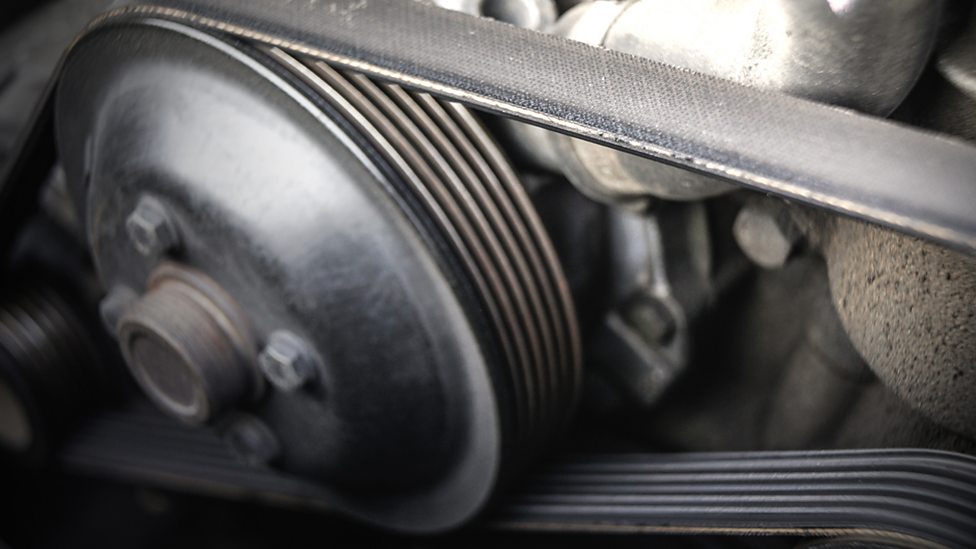
When installing a belt, tension is a critical factor in guaranteeing a satisfactory operation.
Belt tensioning determines how long will the belt run as too little tension will contribute to slippage, premature wear, tear and excess heat.
In addition, the belt tensioning also affects bearing life as the belt drives excess heat will cause a slippage which in turn reduces and lowers the bearing's life.
Over time, tension loss is common and happens to all belts, regardless if it's wedge belts, flat belts or even V-belts.
Thus, it is important to maintain a range of tension that can ensure a satisfactory operation for multiple pulleys to ensure high-power transmission.
Some of the methods that can be helpful to properly tension your v-belt include the Force Deflection method and the Belt Frequency Meter method.
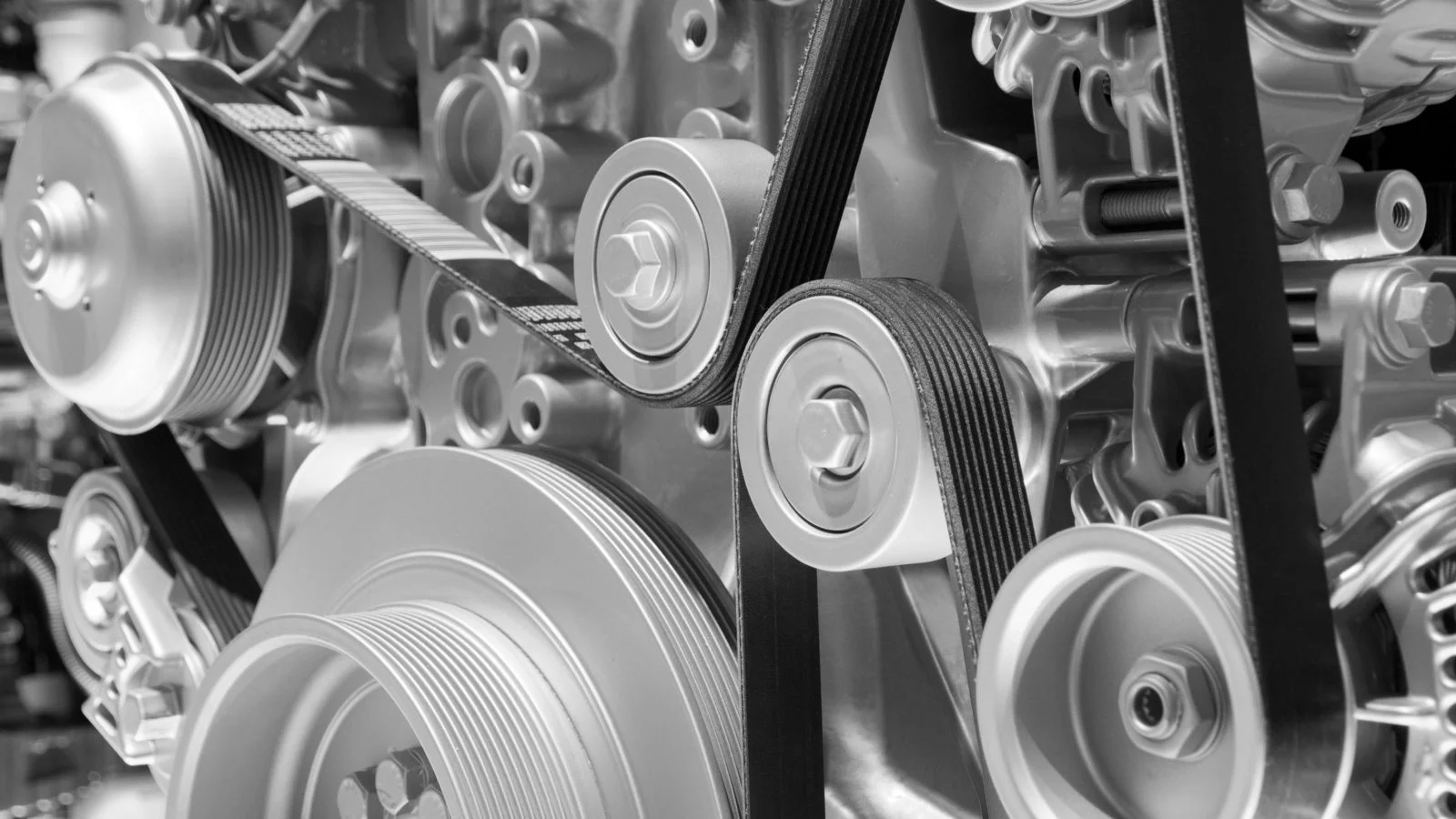
The first method to properly tension your v-belt would be Force Deflection which is known to give better heat dissipation. Here is the step-by-step that needs to be followed:
Turn Off Equipment: Before you begin, ensure that the equipment driven by the V-belt is turned off and completely stationary to ensure safety.
Locate Tensioning Point: Identify the tensioning point on your V-belt drive system. Depending on the manufacturer, there should be a dedicated tensioning pulley or an adjustment mechanism located on the v-belt.
Measure Deflection: Using a suitable tool, such as a belt tension gauge or a simple ruler, measure the deflection of the belt. Deflection refers to the distance the belt sags or deflects when a force is applied perpendicular to it. Typically, you would measure the distance between the two pulleys at the midpoint of the belt span.
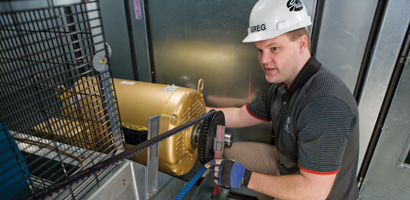
Apply Force: Apply a specific force to the midpoint of the belt span perpendicular to the belt. This force should be sufficient to deflect the belt to a predetermined amount. Often, a deflection of around 1/64 to 1/32 inch per inch of belt span is recommended.
Measure Force: Use a belt tension gauge or a similar device to measure the force required to achieve the desired deflection. This force measurement is crucial for determining whether the belt is tensioned correctly.
Adjust Tension: If the measured force is within the recommended range specified by the equipment manufacturer, the belt tension is adequate. If the force is too high or too low, adjust the tensioning mechanism accordingly.
Recheck: After making adjustments, recheck the belt tension by repeating the force deflection measurement process. Continue adjusting until the correct tension is achieved.
Final Inspection: Once the proper tension is attained, visually inspect the entire V-belt drive system to ensure there are no signs of misalignment, damage, or abnormal wear.
Turn On Equipment: Once you're satisfied with the tension and overall condition of the V-belt drive system, you can safely turn on the equipment and resume operation.
Regardless of the specific tensioning point used, the goal is to apply the appropriate amount of tension to the V-belt to ensure proper power transmission. It's essential to follow the manufacturer's recommendations and guidelines for tensioning to avoid premature wear and reduced performance.
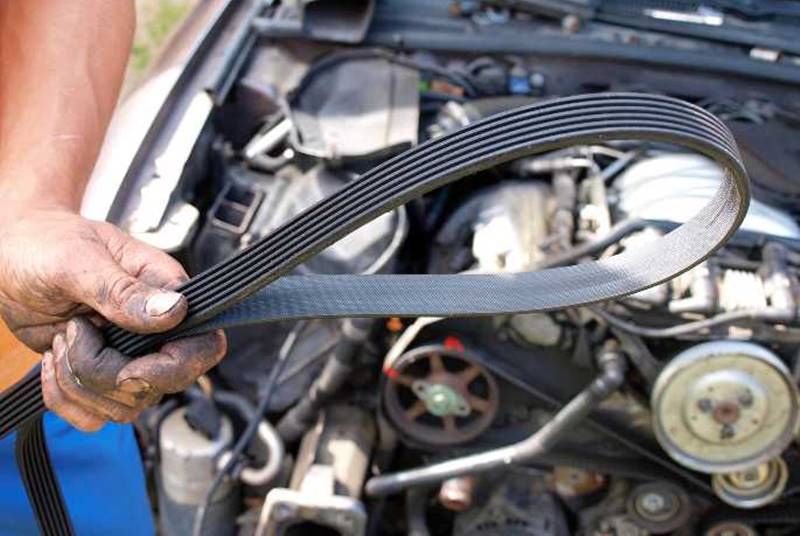
The belt frequency metre technique, also known as the belt tension frequency method, is a method used to determine the tension of a V-belt by measuring its natural frequency.
It involves measuring the frequency generated by the belt under tension to determine its tension level.
Here's a step-by-step guide on how to do the method:
Equipment Setup: Ensure that the equipment driven by the V-belt is turned off and completely stationary before performing the measurement.
Pluck or Tap the Belt: Pluck or tap the V-belt lightly with your finger or a soft object (e.g., a rubber mallet) to set it into vibration, perpendicular to its length to induce a clear vibration.
Measure Natural Frequency: You can proceed to measure the natural frequency of vibration of the V-belt by using the belt frequency metre and observing the reading. For reliability and accuracy, repeat the measurement a few times to ensure accuracy and consistency.
Compare with Reference Value: Make sure to compare the measured natural frequency with a reference value provided by the V-belt manufacturer or industry standards. If the measured frequency falls within the acceptable range, the tension of the V-belt is considered adequate.
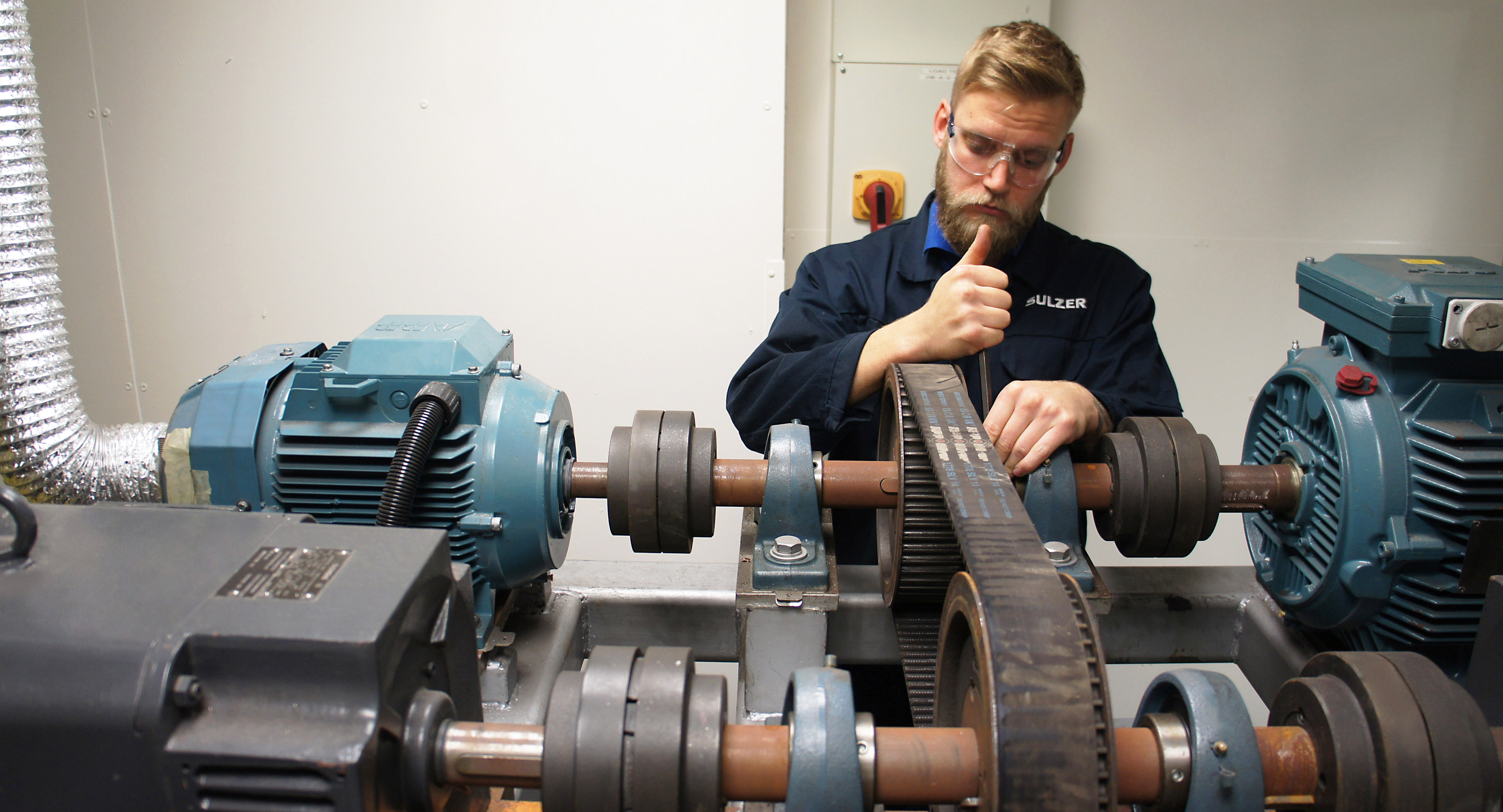
Adjust Tension if Needed: If the measured natural frequency indicates that the V-belt is under-tensioned or over-tensioned, adjust the tensioning mechanism by following the manufacturer's guidelines for tension adjustment.
Recheck Tension: After making adjustments, repeat the measurement of the natural frequency to verify that the tension of the V-belt has been properly adjusted until the measured frequency falls within the desired range.
Final Inspection: Once the correct tension is achieved, visually inspect the entire V-belt drive system to ensure no signs of misalignment, damage, or abnormal wear.
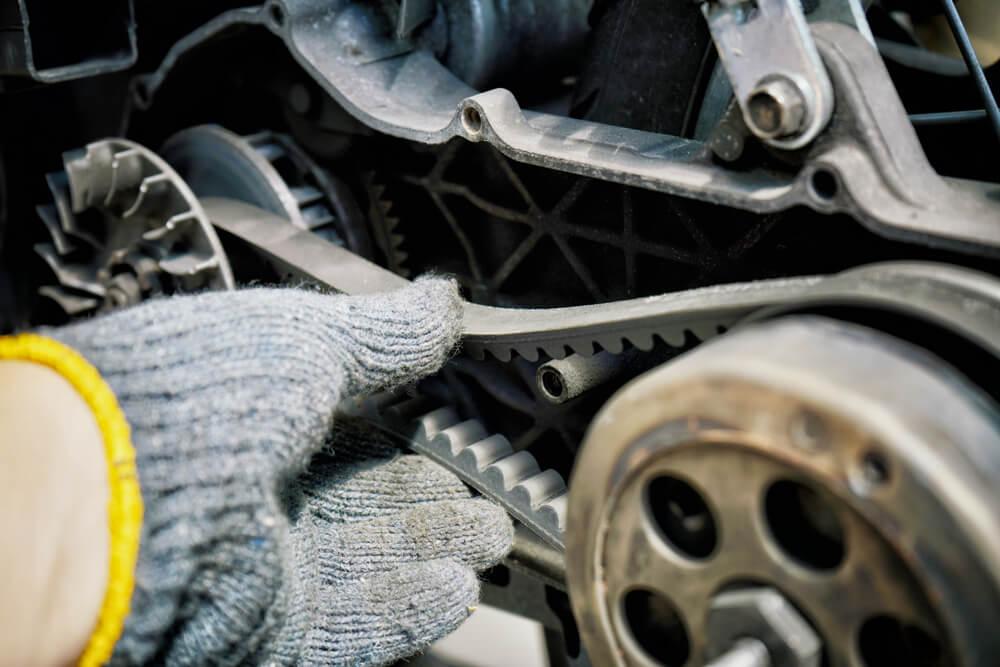
Aside from the force deflection method and using a belt metre, some practices are common but should be avoided to prevent damage to the belts. This includes:
Guessing Tension: Avoid estimating or guessing the tension of the V-belt by feel or visual inspection alone. Tensioning based on guesswork can lead to over-tensioning or under-tensioning, Not only it is inaccurate, but the result is also unreliable as it does not involve any precision tool to give a reading for your belt tension.
Not Using Proper Tools: Avoid tensioning V-belts without using appropriate tools designed for the purpose. Using makeshift tools can result in inaccurate tensioning and potential damage to the belt or drive system.
Using Excessive Force: Over-tightening the belt can cause unnecessary stress on the belt, leading to accelerated wear and potential failure. It can also increase friction, resulting in higher energy consumption and reduced efficiency.
Ignoring Manufacturer Recommendations: Disregarding the tensioning guidelines provided by the V-belt manufacturer or equipment manufacturer can lead to performance issues as each V-belt has specific tensioning requirements based on its size, material, and intended application.

In conclusion, implementing a proper tensioning and maintenance regimen for V-belts is essential for ensuring equipment longevity and optimal performance.
By prioritising the right methods, businesses can enhance productivity and prolong the lifespan of V-belts which ultimately reduces unprecedented downtime.
For better upkeep of your v-belt or machine operation in general, the SLS Bearings team of experts has been trained to provide machine inspection for you.
You can also browse our extensive selection of automotive belts on our website.
Get in touch with us for professional help and greater operational efficiency!
Explore our innovative range of automotive belts, including V-belts, fan belts, and ribbed belts, designed for efficiency and performance in various industries.
Find Out MoreExplore our innovative range of automotive belts, including V-belts, fan belts, and ribbed belts, designed for efficiency and performance in various industries.
Find Out More
 Contact Us
Contact Us 